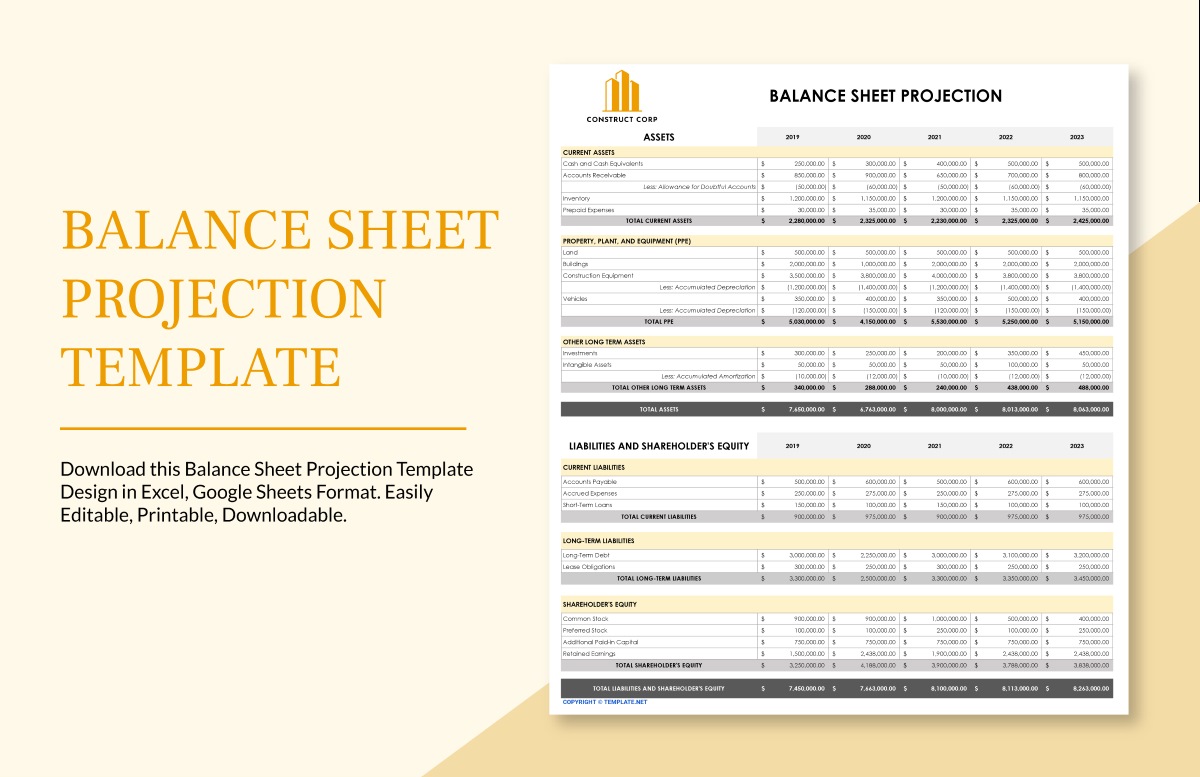

Finance
Clean Sheeting Definition
Published: October 27, 2023
Learn the definition of clean sheeting in finance and how it can impact your financial goals. Gain insights into this important concept and navigate your financial journey with confidence.
(Many of the links in this article redirect to a specific reviewed product. Your purchase of these products through affiliate links helps to generate commission for LiveWell, at no extra cost. Learn more)
Understanding Clean Sheeting in Finance
When it comes to managing our finances, there are numerous terms and concepts that can seem intimidating or unfamiliar. One such term that you may have come across is “clean sheeting”. In this blog post, we’ll dive deep into the realm of finance and explore what clean sheeting is, as well as its relevance in the financial world.
Key Takeaways:
- Clean sheeting is a process used by financial institutions to remove unwanted or non-performing assets from their balance sheets.
- By cleaning their balance sheets, financial institutions can improve their financial health, mitigate risk, and attract new investors.
So, what exactly is clean sheeting? In finance, clean sheeting refers to the process wherein financial institutions remove unwanted or non-performing assets from their balance sheets. These assets can include bad loans, toxic securities, or any other financial instrument that is not providing the intended return or poses a significant risk. By purging these assets, financial institutions aim to improve their financial health and attract new investors who are looking for stable and profitable opportunities.
Now you might be wondering why financial institutions would want to clean their balance sheets and remove these assets. Well, the answer is simple – a healthy balance sheet is crucial for the success and stability of any financial institution. By removing non-performing assets, financial institutions can:
- Mitigate Risk: Unwanted or toxic assets carry a significant risk, which can negatively affect the overall financial stability of the institution. By eliminating these assets, financial institutions reduce their exposure to risk and enhance their ability to withstand potential economic downturns.
- Improve Financial Health: Non-performing assets can tie up capital and resources, preventing institutions from utilizing those funds for more lucrative investments. By cleaning their balance sheets, institutions are better positioned to invest in profitable ventures and expand their operations.
Furthermore, clean sheeting is not only beneficial for financial institutions; it can also have a positive impact on the economy as a whole. When institutions remove non-performing assets, it frees up resources that can be used to stimulate economic growth through new lending or investment opportunities.
In conclusion, clean sheeting is an important process in the world of finance. By removing non-performing assets, financial institutions can improve their financial health, mitigate risk, and attract new investors. As individuals, it is valuable to understand this concept as it affects the overall stability and health of the financial industry. So the next time you come across the term “clean sheeting,” you’ll have a solid understanding of what it entails and its significance in the financial world.














